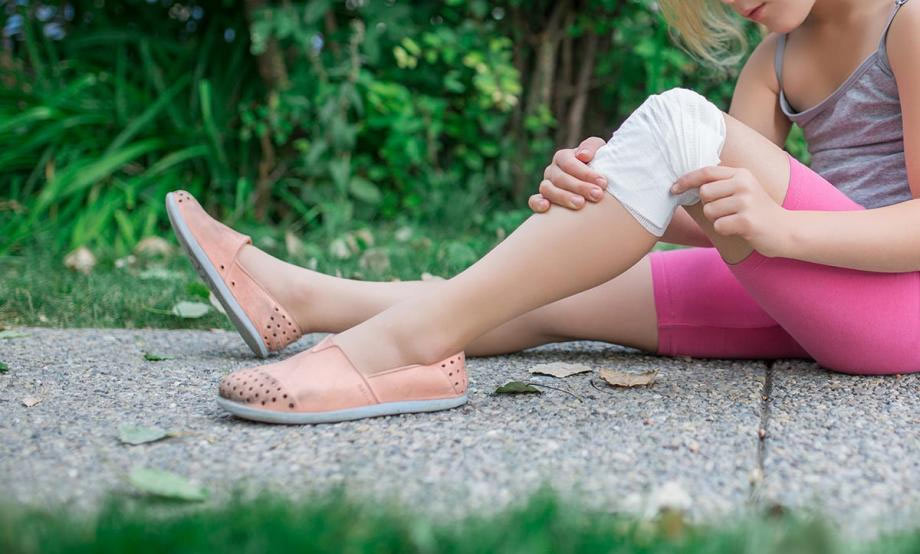Hello fall!
As we head back to school and get into the fall schedules of sports, team activities and all things pumpkin-spiced, let's take a moment to talk about safety. All these autumn adventures are great until injuries or broken bones get in the way. Luckily with a well-stocked first aid kit and a little bit of knowledge, minor mishaps can be safely managed.
Here are some tips for back to school time first aid that will help you and your family stay safe this fall.
Muscle or joint injuries
The fall months are a great time to play sports, go for hikes and get lots of exercise out in the cooler and less smoke-filled air. Unfortunately, this also increases the chance of injuries. If you have an injury while you are out and about, follow the R.I.C.E. rule: rest, ice, compression, and elevation. This method is a simple self-care technique that will help reduce swelling and ease the pain.
R: Rest. As soon as you’re hurt, stop your activity. Try to stop using or putting pressure on whichever bone, muscle or joint is injured for a few days.
I: Immobilize. This means wrapping the injured area to prevent swelling and limiting movement. Only use a splint or sling if you need to move the person to a different location.
C: Cool. Ice is a great way to reduce pain and swelling. Use ice packs for 20 minutes on and 40 minutes off. If you don’t have an ice pack, use a bag of frozen vegetables.
E: Elevate. Raise your sore body part above your heart. This will reduce pain, throbbing, and reduce bruises.
Broken bones and sprains
If you or someone you are with thinks that they have broken a bone or sprained a joint, this will require medical attention. Go to your family doctor, nearest emergency room, or if the broken bone is the result of a major trauma or injury, call 911 and wait for assistance.
While you are waiting for medical help, you can practice the R.I.C.E method above. You should also:
- Stop any bleeding. Apply pressure to the wound with a sterile bandage, a clean cloth or a clean piece of clothing.
- Immobilize. Don't try to realign the bone or push a bone that's sticking out back in. If you've been trained in how to splint in a first aid class, you can apply a splint to the area above and below the fracture sites.
Also call for emergency help if:
- The person is unresponsive, isn't breathing or isn't moving. Begin CPR if there's no breathing or heartbeat.
- There is heavy bleeding.
- The limb or joint appears deformed.
- The bone has pierced the skin.
- You suspect a bone is broken in the neck, head or back.
Knowing these simple First Aid techniques and knowing when to call for additional help can help save you or a loved one this fall. Learning First Aid is a great way to make sure that you are prepared to provide assistance to someone you love. We provide several different levels of First Aid Courses at AIP and we are a proud training partner with Red Cross Canada. To learn more, or to sign up for your First Aid training, click here.

